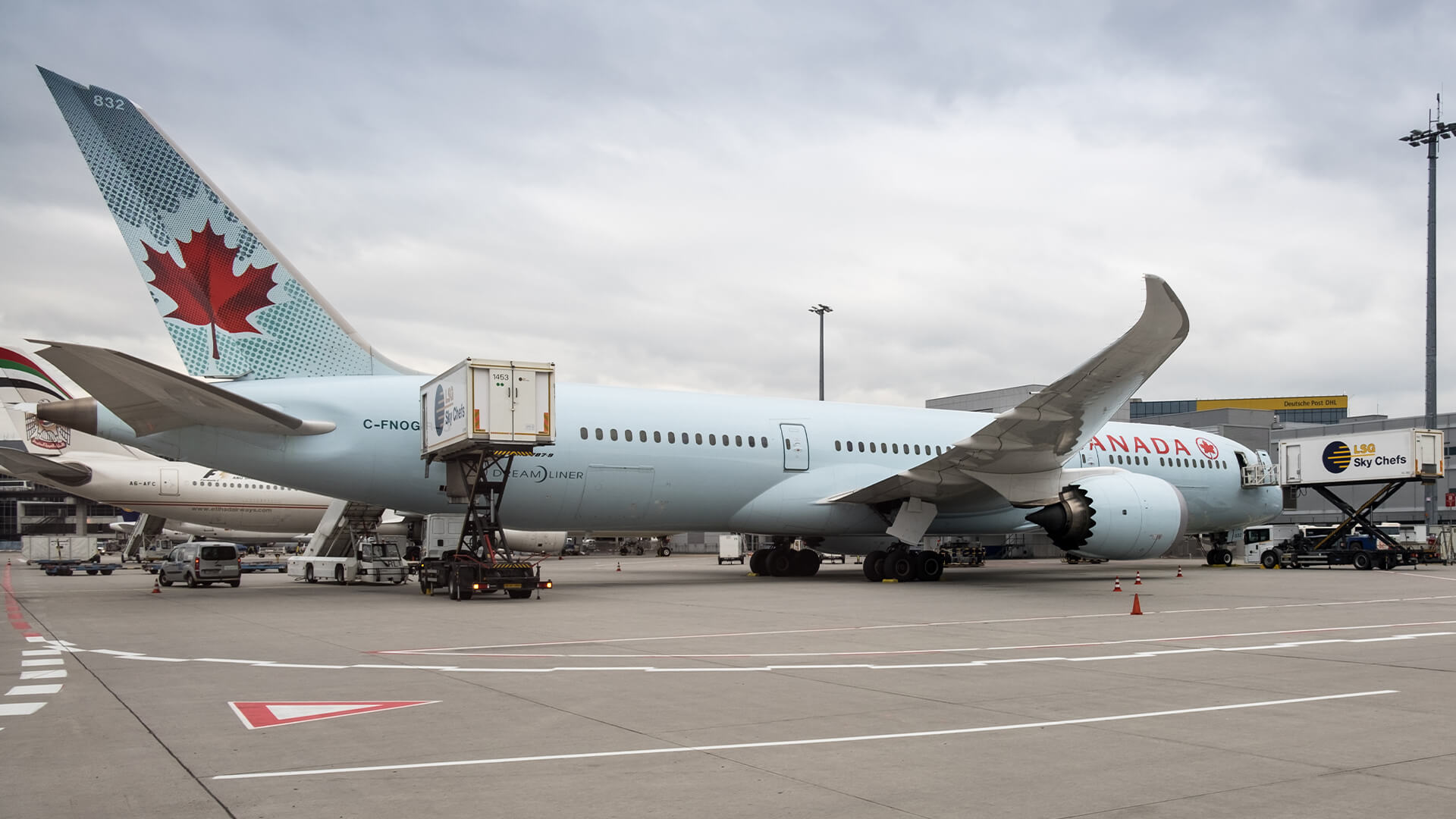
Transportation, research and government partners create Vancouver-based consortium to accelerate the implementation of electric and hydrogen powered, vertical takeoff flight in Canada.
The future of flight in Canada took a major step forward today with the launch of the Vancouver-based Canadian Advanced Air Mobility Consortium (CAAM), a multi-stakeholder group that will streamline research, development and commercial operations in the Advanced Air Mobility (AAM) sector, globally recognized as the next frontier of commercial aviation. AAM involves the use of zero-emission, electric or hydrogen fuel cells, and vertical takeoff aircraft to provide transportation, emergency and supply chain services for urban and rural communities. Among the many benefits of these aircraft are greater manoeuverability, less need for ground infrastructure (airport runways), less aircraft noise, reduced fossil fuel consumption, lower costs, shorter travel times and improved safety.
Initiated and created by Canadian Air Mobility and the National Research Council of Canada (NRC), there are currently more than twenty partners involved in the national effort. CAAM’s key members include TransLink, Helijet International, British Columbia Institute of Technology, the University of British Columbia, Bell Textron, Iskwew Air, and many of Canada’s leading aerospace stakeholders.
“We’ve established an outstanding group of strategic members to support the design, integration, and implementation of Advanced Air Mobility in Canada,” said JR Hammond, Founder & CEO, Canadian Air Mobility and Executive Director, CAAM. “We look forward to demonstrating the economic viability, environmental benefits and social inclusivity factors of this technology and making Canada a world leader in AAM. To that end, we welcome additional members who share our vision that AAM provides the path toward a safer, healthier, and more efficient mode of transportation.”
In addition to providing transportation within urban and rural areas, AAM aircraft will play a critical life-saving role in emergency response situations by enabling faster air transportation of medical supplies, blood, donor organs, or patients to and from hospitals. It will also improve the emergency response and assessment of natural disasters such as floods and wildfires.
Factors making the Greater Vancouver Area a promising AAM market include: a strong aviation infrastructure base; an existing scheduled helicopter service, with heliports in Vancouver and nearby Victoria and Nanaimo; numerous science and transportation research facilities; the Province of British Columbia and City of Vancouver’s commitment to the decarbonization of transportation; and the Pacific Northwest’s Cascadia corridor (Vancouver–Seattle–Portland), as one of the busiest routes for the movement of goods and people between Canada and the United States.
Among CAAM’s objectives are to create an AAM innovation hub to help small and medium-sized enterprises (SMEs) grow their technology from a low technology readiness level (TRL) to certification and commercialization, while also expanding the AAM sector’s connections to regulators, manufacturers, aviation operators, infrastructure developers, academia, industry, and governments in Canada and internationally.
“The National Research Council of Canada is proud to be a part of the Canadian Advanced Air Mobility (CAAM) consortium since the start,” said Dr. Ibrahim Yimer, the NRC’s Vice-President of Transportation and Manufacturing. “We look forward to working with our 20 partners who are lending their expertise in the Advanced Air Mobility industry to decarbonize transportation, and create more efficient ways of moving people, goods and services and support more socially connected and integrated communities.”
The future of the new era in aviation means faster medevac services, upwards of 4.2 million AAM travellers over the next 20 years, traveling between downtown Seattle and downtown Vancouver in 1 hour versus 3, expanding connections in remote communities and more importantly, creating new jobs.
For more information, the media and public are invited to view the Canadian Advanced Air Mobility’s white paper which provides further detail on AAM’s missions and services for the Greater Vancouver Area, the Advanced Air Mobility Industry and the importance as well as why Vancouver was selected to be the first region in Canada.
In addition, CAAM hosts a quarterly Digital Open House that provides the public with an opportunity to connect with current stakeholders and learn more about the progress of AAM work in Canada. The next Digital Open House is scheduled for October 30, 2020 from 10:00-12:00 PDT. For more information, please visit the website for registration and future upcoming events.













